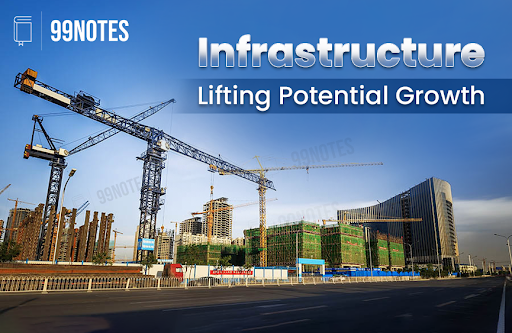STATE OF THE ECONOMY: GETTING BACK INTO THE FAST LANE
The global economy in 2024 exhibited steady but uneven growth, driven by contrasting sectoral performances and geopolitical pressures. Manufacturing output slowed globally, particularly in Europe and parts of Asia, due to supply chain disruptions and weak external demand. However, the services sector thrived, providing resilience to many economies. Inflationary pressures eased somewhat, though risks of…

